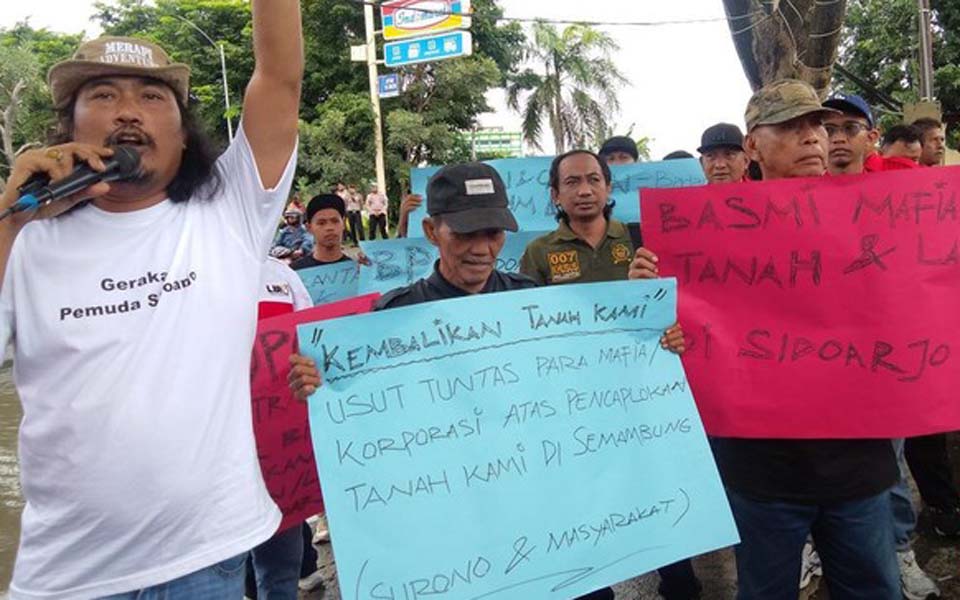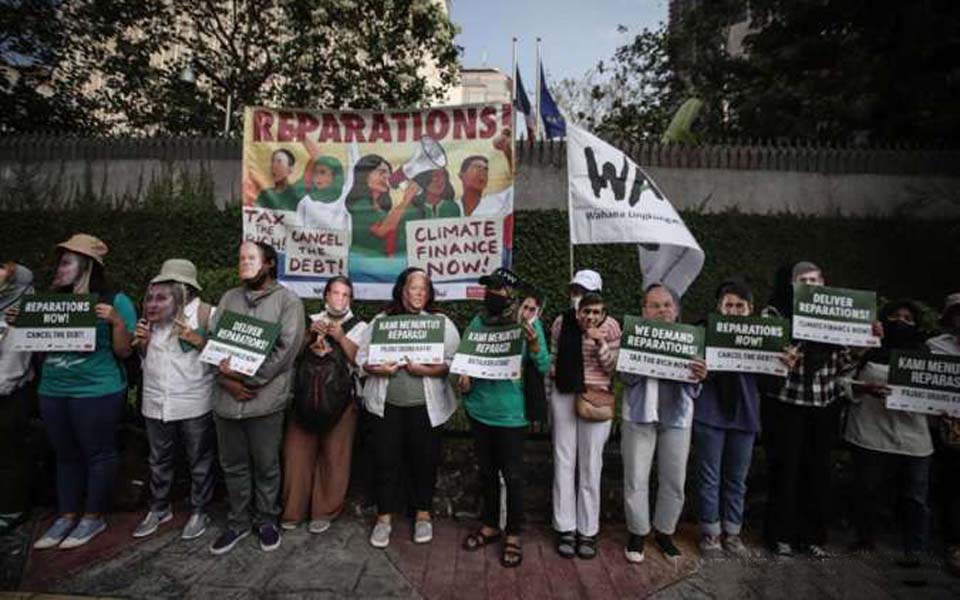Jakarta – The province of South Sulawesi is said to be heading for destruction or collapse due to the continuing loss of forest cover. The remaining forest cover is less than 40 percent.
South Sulawesi Indonesian Forum for the Environment (Walhi) Director Muhammad Al Amin says that remaining forest cover in South Sulawesi is only 32 percent or around 1,479,181 hectares. Meanwhile 68 percent or 3,180,562 hectares is categorised as non-forest cover.
"This [clearing forest land to become non-forest] is the trigger on the path towards collapse in South Sulawesi", said Amin in an explanation of Walhi's 2021 Annual Report on Friday December 31.
Amin said that if South Sulawesi looses just 2 percent of the remaining forest cover, then the province will truly collapse. Also, under Law Number 26/2007 on Spatial Use Management it states that the minimum forest cover for a region is 30 percent.
"Thirty-two percent of our forests are left, so we are currently living on dangerous ground", he said.
Amin said that the portrait of forest cover in several of South Sulawesi's regencies is worrying. Forest cover in Gowa and Bantaeng are the worst while parts of Luwu are also predicted to follow this destruction.
"Gowa is destroyed, Bantaeng is very bad, Luwu which is a supporting area is suffering very extensive degradation. Only North and East Luwu are left and even this is being encroached on by gold and nickel mining and large scale plantations", he explained.
Amin said that the shift in the forests function is impacting badly in several ways because it should function to support human life, be a habitat for flora and fauna as well as providing essential environmental functions which are currently being lost.
"Land which could be a place for us to live isn't able to function as usual. There food shortages, floods everywhere, the air isn't healthy", explained Amin.
"The remaining [forest] land is only a few thousand hectares. When [the capital city] Makassar experiences more than 300mm of rain per second then the city is no longer able to withstand it [and floods] in the midst of a climate crisis like this. We're living in a city which has already collapsed", he said.
Watershed areas in critical condition
Amin noted that the three largest watershed areas (DAS) – Wallanae, Saddang and Jeneberang – which capture water in South Sulawesi are also in a critical condition.
"In terms of forest cover in these three watershed areas in South Sulawesi they are in a dangerous situation", he said.
Remaining forest cover in Saddang is currently only 17.09 percent, while rain fall in South Sulawesi is currently above 200mm per second. In Wallanae meanwhile remaining forest cover is only 14.32 percent and in Jeneberang only 16.82 percent remains.
"So people who live in the Saddang watershed areas will defiantly suffer disasters", he said.
"Does the [South Sulawesi] governor know about this problem? This is what we should be conveying to the governor, because our governor is currently preparing a road free of obstacles towards collapse", he said. (yla/ain)
Notes
The so-call Job Creation Law forced through by the government in the face of widespread public opposition in 2019 removed a number of environmental protections including abolishing the 30 percent minimum forest cover stipulation for a region.
[Translated by James Balowski. The original title of the article was "Walhi: Tutupan Hutan Sisa 32 Persen, Sulsel Menuju Kolaps".]















